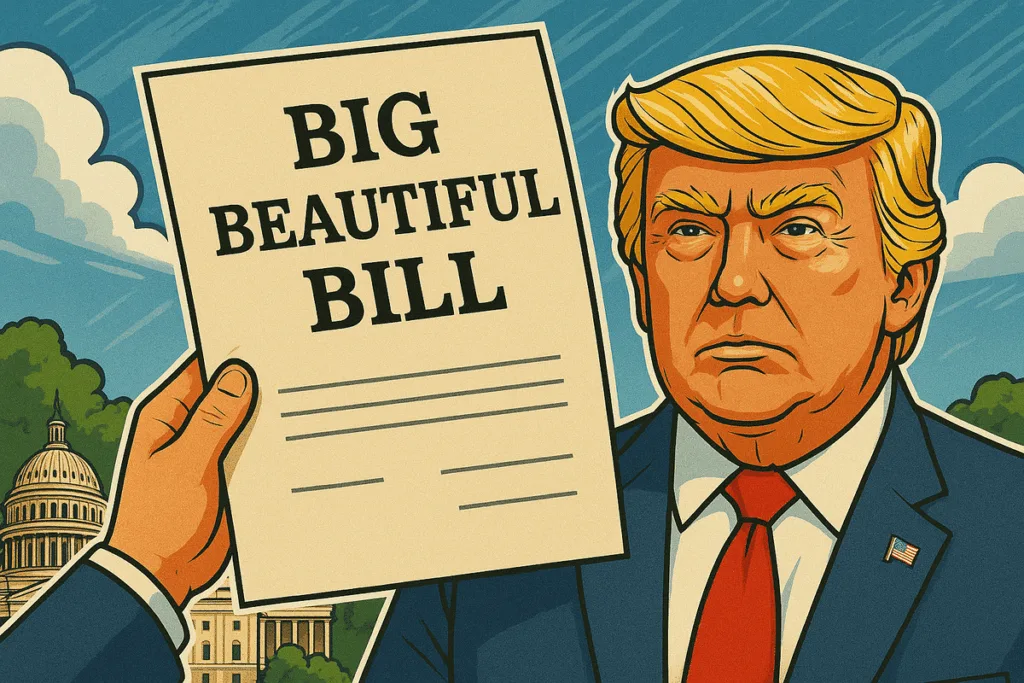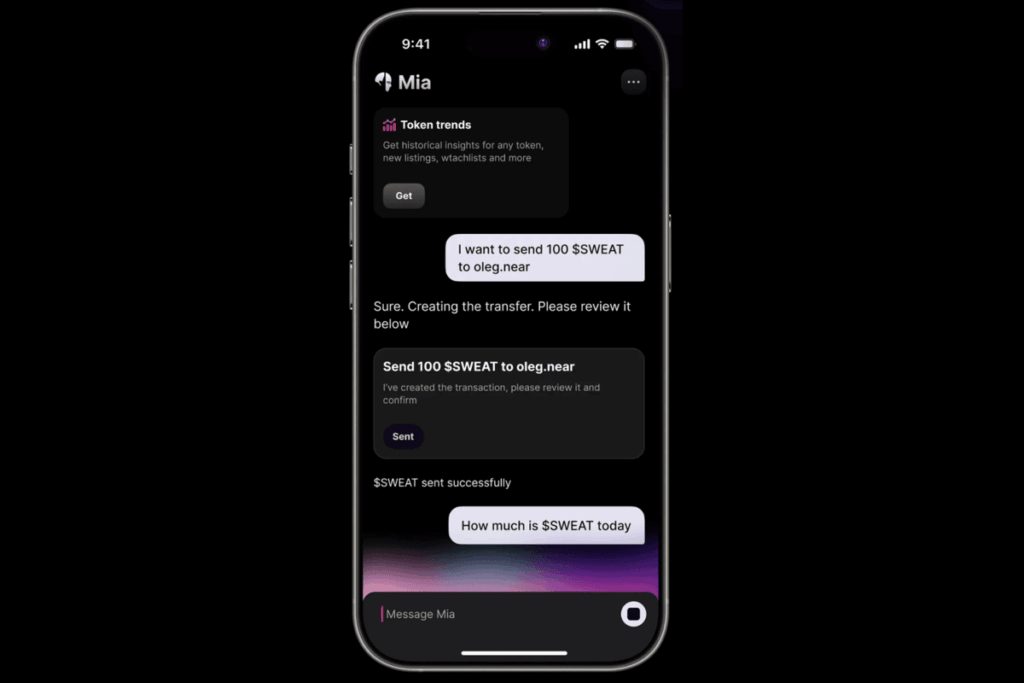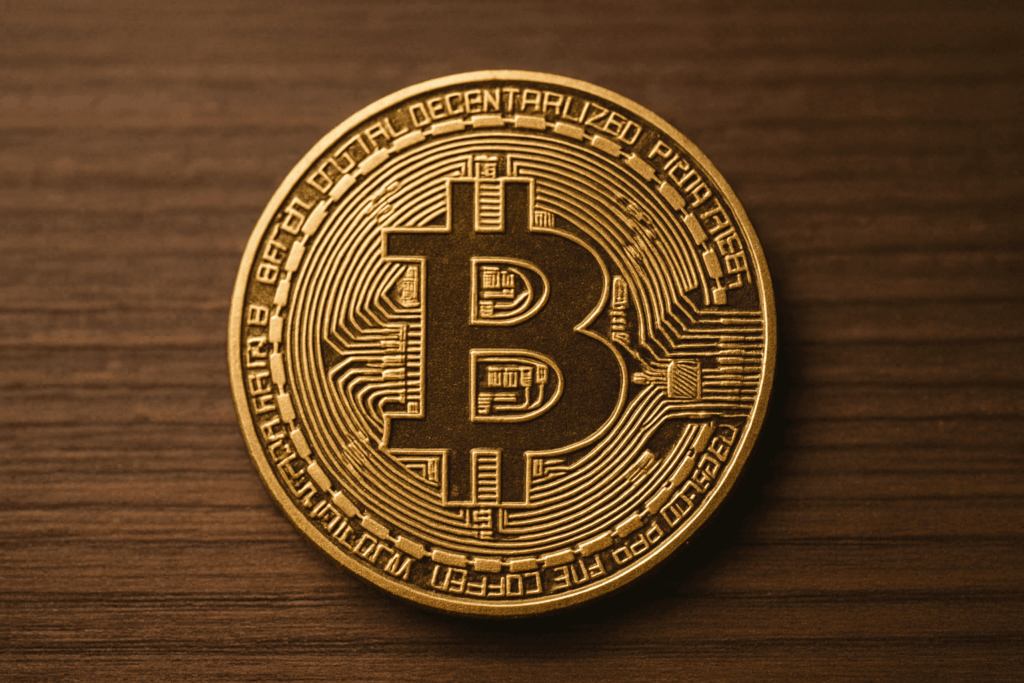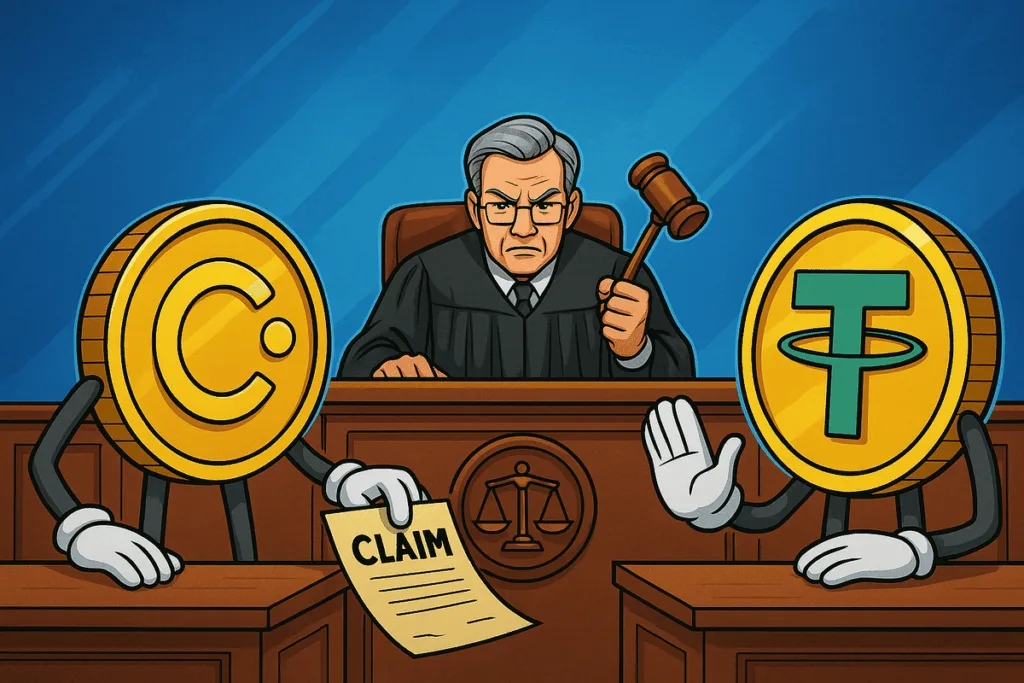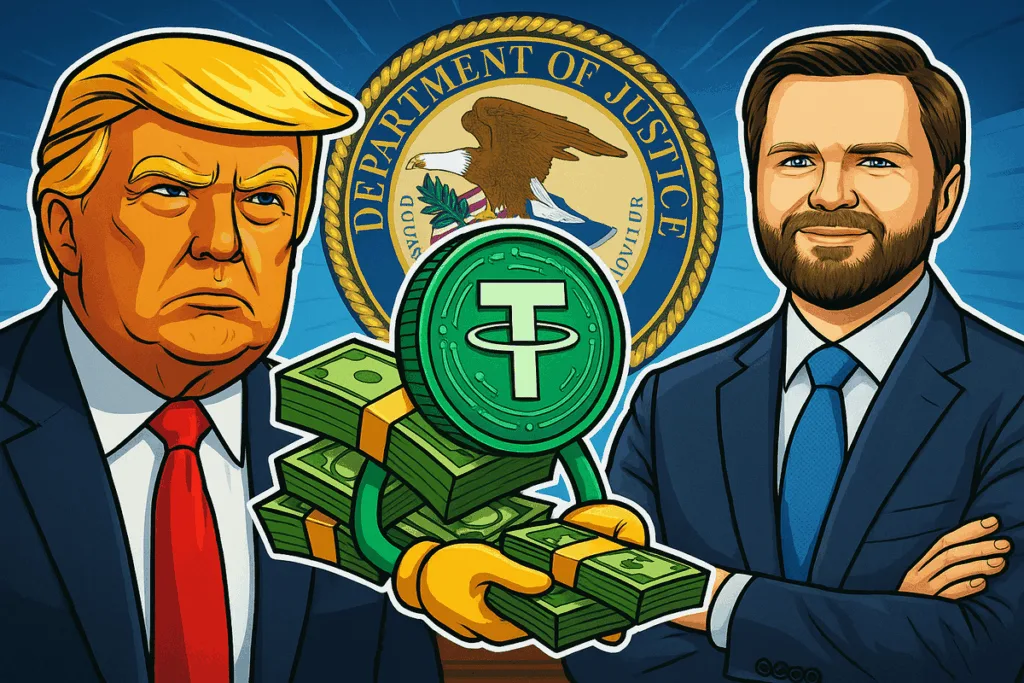After days of deliberation and hanging close to the deadline that President Donald Trump set for his ‘One Big Beautiful Bill,’ the Senate finally passed the sweeping taxes and spending cuts mega bill on July 1, 2025, in a 51-50 vote. Vice President JD Vance provided the critical tie-breaking vote to get Trump’s bill across the finish line after 3 Republicans defected. The bill now goes back to the House for final approval and then to the President’s desk.

The bill bundles tax cuts, welfare restrictions, immigration policy changes, energy reforms, and national defense boosts into a single mega-package. The Senate made some major changes to the bill, concerning provisions for Medicaid and food stamps, extended income tax cuts, and new tax cuts for corporations, tips, and overtime, compared to the version passed by the House earlier in June.
What is in Trump’s “Big Beautiful” Bill?
1. Tax Cuts & Reforms: The revised legislation extends provisions of Trump’s 2017 Tax Cuts and Jobs Act, making it permanent. It promises to provide additional relief to high earners and corporations. It introduces new tax breaks like eliminating federal taxes on tip income and overtime pay. It boosts child tax credits by raising them to $2,500 per child until 2028. Standard deduction increases to $16,000 for individuals and $32,000 for couples starting in 2025.Taxes on social security benefits remain, though seniors above 65 get a temporary $4,000 boost in their standard deduction from 2025 to 2028. The new legislation would also allow tax deductions on up to $10,000 in interest on auto loans for cars assembled in the US. This provision would be in place until 2029. The raises the cap on State and Local Taxes (SALT) deduction from $10,000 to $40,000 for taxpayers earning under $500,000.
Newsletter
Get weekly updates on the newest crypto stories, case studies and tips right in your mailbox.
2. Healthcare & Welfare Restrictions: The bill imposes work requirements on Medicaid and food stamp recipients. The Supplemental Nutrition Assistance Program (SNAP), is used by over 40 million low-income Americans, who will be impacted. It includes stricter eligibility checks, aiming to reduce federal spending on social safety nets. From 2026, childless adults till the age of 64, must work 80 hours a month, and all recipients must verify income twice a year to be eligible. The bill would cut off federal funding to states that use Medicaid systems to offer healthcare to undocumented immigrants and would prohibit Medicaid from covering gender-affirming treatments for both minors and adults.
3. Savings Accounts For Children: The legislation creates $1,000 savings accounts for children, originally titled “MAGA accounts” or Money Accounts for Growth and Advancement. The name has been updated to “Trump accounts”. Under the plan, the federal government will contribute $1,000 to the accounts of children born between 2024 and 2028. Parents can contribute up to $5,000 a year. The funds, which can begin to be distributed once the child turns 18, and can be used for higher education, job training, and the purchase of their first home.
4. Border Security Spending: Trump’s plan revives the US-Mexico border wall with a $46.5 billion budget. A large-scale recruitment effort will bring in thousands of new agents for Border Patrol, Customs, and ICE. Additionally, asylum seekers will now be required to pay a $1,000 application fee for the first time.
5. Defense & National Security: The bill earmarks $150 billion for defence. It plans to use these funds to support modernization, cyber capabilities, and AI-enabled weapons, while also reinforcing domestic surveillance and counter-terrorism tools. The bill allows $25 billion to be earmarked for Trump’s ambitious “Golden Dome” missile shield, $29 billion for shipbuilding and $15 billion for nuclear deterrence, among other provisions.
6. Reductions in Green Energy Support: The bill reverses several clean energy initiatives, like reversing Biden’s Inflation Reduction Act, which provided susibies to clean energy projects. The bill also cuts royalty rates companies pay for oil, gas, and coal and gives incentives for fossil fuel production, pipelines, and traditional energy infrastructure. Notably, it would end the tax credit for purchasing new or used electric vehicles on September 30, well ahead of its current expiration date in 2032.
7. Increase in Debt Limit: To finance the sweeping changes, the bill raises the federal debt limit by $4 trillion, allowing the government to borrow additional funds to support the new spending initiatives and programs.
What’s Next For OBBBA?
The Senate-approved bill now heads to the House of Representatives, where it could face more hurdles ahead. Many in the House, including some Republicans, have expressed issues with the legislation and the changes made by the Senate. Its fate now lies in the House, by July 4, Congress will decide whether to adopt, amend, or reject the deal.
